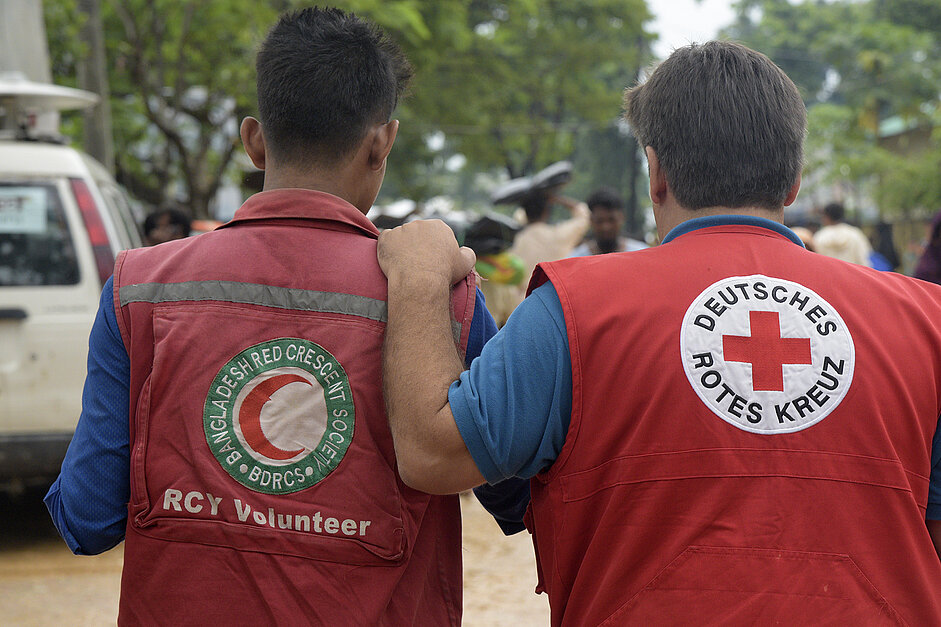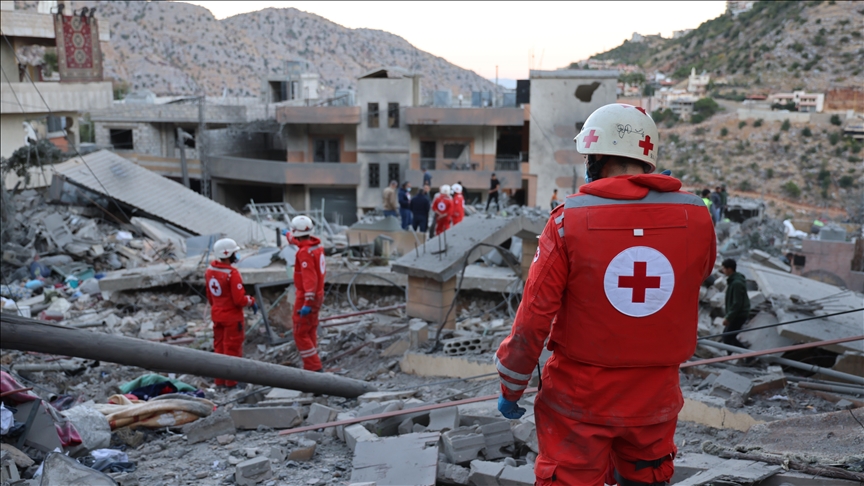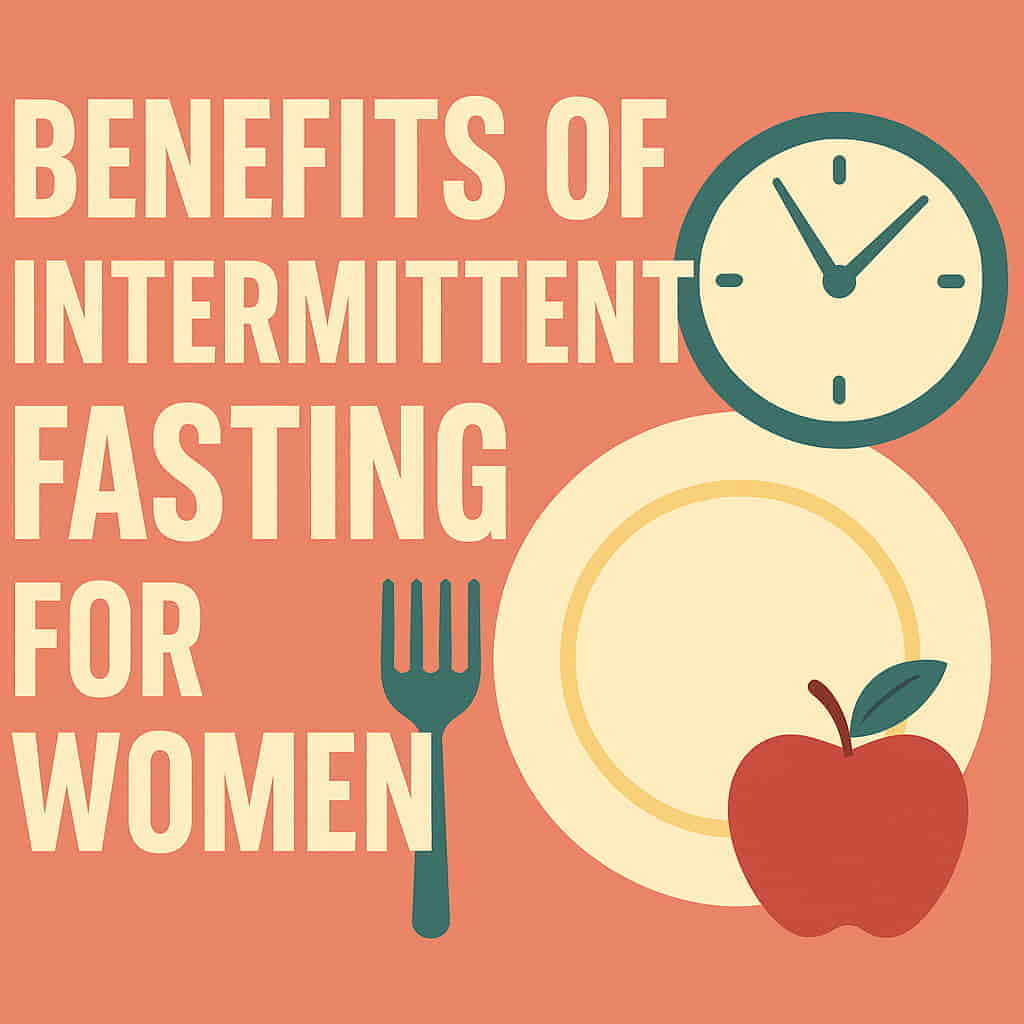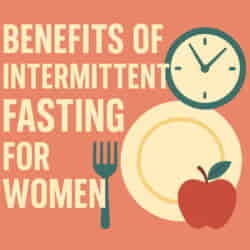
Every day, ordinary people face emergencies—minor injuries, sudden illnesses, accidents. What if community members were trained to offer immediate help before professional rescuers arrived? That’s precisely what community first aid training provides: the skills and confidence to act fast, save lives, and strengthen social bonds. From conflict zones to local neighborhoods, the Red Cross has perfected this approach, transforming bystanders into guardians of public safety.
The Importance of First Responders in Every Neighborhood
Imagine a child choking in a school playground or an elderly neighbor collapsing at home. In such moments, immediate action makes all the difference. Community first aid training equips everyday citizens—teachers, drivers, volunteers—with the knowledge to stabilize victims until ambulance crews arrive. This groundwork not only bridges the critical gap in emergency response but also fosters a culture of shared responsibility and civic empowerment.
The Origins of Community First Aid Training
The Red Cross pioneered community-based first aid volunteer programs during World War I, sending trained responders to front lines, schools, and factories. That ethos persists today: local chapters organize periodic workshops in homes, community halls, and youth centers. These sessions deliver CPR, wound management, bleeding control, and airway management—all core to community first aid training’s mission.
Building Trust Through Hands-On Practice
Far more than lectures, community first aid training immerses attendees in simulations. Participants practice chest compressions on mannequins, control bleeding with tourniquets, and rehearse choking rescue techniques under guided supervision. Role-play scenarios—from schoolyard accidents to car crashes—ignite muscle memory, turning panic into purposeful, confidence‑driven action in real crises.
Empowering Vulnerable Communities
In regions with fewer emergency responders—rural and underserved urban areas—community‑based first aid bridges vital gaps. The Red Cross collaborates with local organizations to train teachers, community leaders, and caregivers who, in turn, spread knowledge further. This multiplier effect has been shown to decrease response time and mortality in remote areas—and restore dignity by putting life-saving skills in local hands.
Reducing Health System Burdens with Neighborly Help
Early intervention matters. Administering basic aid—like stopping bleeding or clearing airways—can prevent complications such as infection, permanent injury, or costly hospitalization. By enabling citizens to act early, community first aid training helps ease pressures on emergency departments and ambulance services, giving professionals space to focus on critical cases.
Enhancing Psychological Resilience and Civic Solidarity
Practicing first aid also builds resilience and solidarity. Knowing how to help others reduces helplessness, anxiety, and social isolation—benefits confirmed by volunteers worldwide. In societies recovering from crises, this shared sense of competence and compassion becomes a building block for social cohesion.
Standardization and Global Reach
The International Red Cross and Red Crescent Movement maintains standardized first‑aid curricula. While adapted to local languages, culture, and legal frameworks, the core modules are globally consistent—ensuring that a person trained in Athens or Ankara shares the same baseline skills. This universality makes cross-border volunteer support during disasters both possible and effective.
Technology & Innovation in Training
New technologies have further modernized first aid outreach:
-
Mobile apps and e‑learning platforms: Trainees review videos, quizzes, and refreshers anytime.
-
Virtual reality and gamified drills: Trainees engage in immersive, scenario-based training that boosts retention.
-
Smart mannequins: Provide real‑time feedback on compression depth, ventilation rate, and technique.
These innovations enhance traditional classrooms and hands‑on practice, reinforcing community first aid training in engaging, modern ways.
Collaboration with Professional Agencies
The Red Cross partners with hospitals, EMS, and fire departments to run joint exercises and drills. These multi-agency scenarios sharpen skills, clarify roles, and reveal gaps. A community volunteer trained in first aid might then lend a crucial hand during a mass casualty incident—stabilizing patients while professionals triage.
Real-World Success: Case Studies
-
Typhoon survivors in the Philippines: In remote villages struck by flooding, trained volunteers provided wound care and dehydration treatment until relief arrived.
-
Urban CPR campaigns in Seattle: Cardiac arrest survival rates rose significantly after free community CPR workshops were introduced by local health agencies.
-
Mining towns in Alberta, Canada: Remote workers trained in first aid became the first line of response for on-site accidents—often saving lives before airlift crews arrived.
How Community First Aid Training Fosters Leadership Among Youth
Young people play a powerful role in spreading health literacy. Red Cross youth programs often focus on community first aid training as a way to foster leadership, responsibility, and initiative. Students who complete these trainings gain both life-saving skills and social capital. Many go on to teach others, create safety awareness campaigns, or volunteer at events. According to Youth.gov, peer leadership in health initiatives improves both engagement and retention of knowledge among youth.
First Aid in Schools: Early Education for Long-Term Impact
Integrating first aid into school curriculums builds a generation of responsive citizens. Some school districts, such as in California and Massachusetts, now require CPR and basic first aid for high school graduation. This not only instills confidence but normalizes life-saving behavior from a young age. Teaching children to recognize danger signs, call emergency services, and apply basic care can reduce fatalities and teach emotional intelligence.
Red Cross Volunteer Stories: Firsthand Accounts of Saving Lives
Stories of lives saved by ordinary people underscore the power of preparedness:
-
In Ohio, a young woman who had taken a Red Cross course saved her mother during a heart attack by performing CPR until paramedics arrived.
-
In Greece, a trained scout used a tourniquet on a hiker injured in a rockfall, preventing a life-threatening bleed.
-
In Kenya, a volunteer used airway clearing techniques to save a toddler choking on food in a village with no immediate medical access.
These testimonies remind us that community first aid training is not theoretical—it changes real outcomes.
Tailoring Training to Diverse Populations and Needs
Not all communities have the same medical risks. The Red Cross adapts its curriculum to match local realities:
-
Indigenous communities may face specific environmental risks like snake bites or wildfires.
-
Immigrant groups often require culturally sensitive instruction in multiple languages.
-
Disabled participants benefit from adapted methods that respect mobility or sensory impairments.
Such inclusivity ensures that every citizen has access to potentially life-saving knowledge.
The Role of Community First Aid in Natural Disaster Response
During natural disasters—wildfires, earthquakes, floods—emergency services are often overwhelmed. Here, community-trained volunteers are essential. They set up triage zones, assist with shelter first aid, and offer psychological support. FEMA and the Red Cross frequently deploy trained community responders during U.S. disasters, as seen during Hurricanes Harvey and Ida. Readiness starts long before disaster strikes—and community first aid training is a foundational element of preparedness.
Global Impact: Community First Aid Training Across Continents
Red Cross and Red Crescent branches across the world adapt first aid instruction to regional needs:
-
In Bangladesh, flood zones require water rescue training and infection control.
-
In Peru, earthquake-prone regions receive trauma and crush injury guidance.
-
In Sub-Saharan Africa, malaria education and emergency fever response are critical.
This global network builds a tapestry of resilience—locally rooted, globally connected.
Common Myths About First Aid—And Why They Matter
Misconceptions can cost lives. Community first aid training corrects these errors:
-
MYTH: You should tilt a fainted person’s head back.
TRUTH: This can block airways—placing them in recovery position is safer. -
MYTH: Butter helps burns.
TRUTH: It traps heat. Cool water is the recommended approach. -
MYTH: You can “slap” someone out of a seizure.
TRUTH: Never restrain or interfere—protect their head and let the seizure pass.
Correct knowledge prevents harm and boosts confidence during emergencies.
How to Start a Community First Aid Initiative in Your Neighborhood
Starting small can yield big results:
-
Form a committee with local parents, teachers, or civic groups.
-
Contact your regional Red Cross to coordinate certified instructors.
-
Secure a venue: schools, libraries, and even outdoor parks can serve.
-
Promote via flyers and social media to boost attendance.
-
Offer childcare or snacks to reduce barriers to participation.
You can also seek grants through public health departments or nonprofits like Americares, which fund grassroots safety efforts.
Policy and Advocacy: Supporting First Aid Education Through Legislation
Public health advocates are pushing for broader legal mandates to include first aid in school, workplace, and driver’s education standards. Some states offer tax incentives to companies that train employees. On a national level, bipartisan support has backed legislation funding community CPR kits and first aid outreach. Elevating community first aid training as a public good—not just a private choice—can create systemic change.
Closing Reflections: Why Prepared Communities Are Safer Communities
In the time it takes for professional help to arrive, an informed citizen can become the first and best line of defense. Whether in the aftermath of disaster, a highway collision, or a family kitchen accident, the trained hands of a neighbor may mean the difference between life and loss.
Community first aid training isn’t merely education. It’s empowerment. It transforms fear into action, isolation into unity, and crisis into opportunity for compassion. The Red Cross has shown that by training one, we protect many—and by sharing knowledge, we share hope.
FAQ About the Community First Aid Training
Paste this as plain text in the Classic Editor:
Q1: What is community first aid training?
Q2: Who can attend these training sessions?
Q3: How long does the training last?
Q4: Will I receive certification?
Q5: Do I need any equipment?
Q6: Where can I find a local course?








